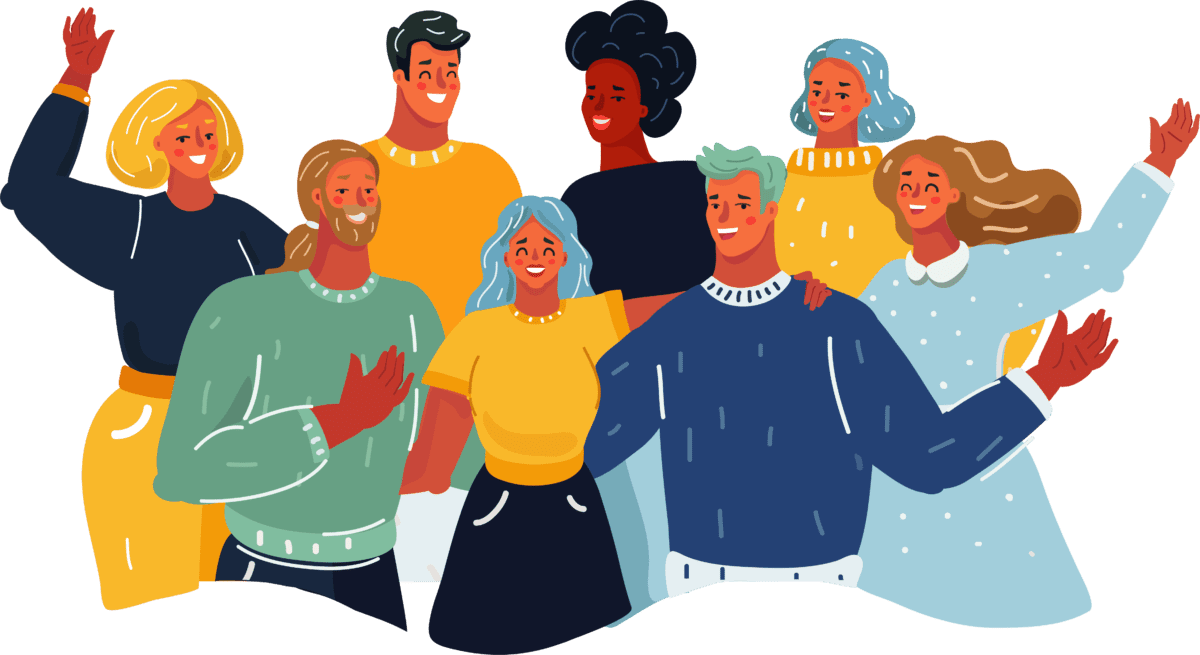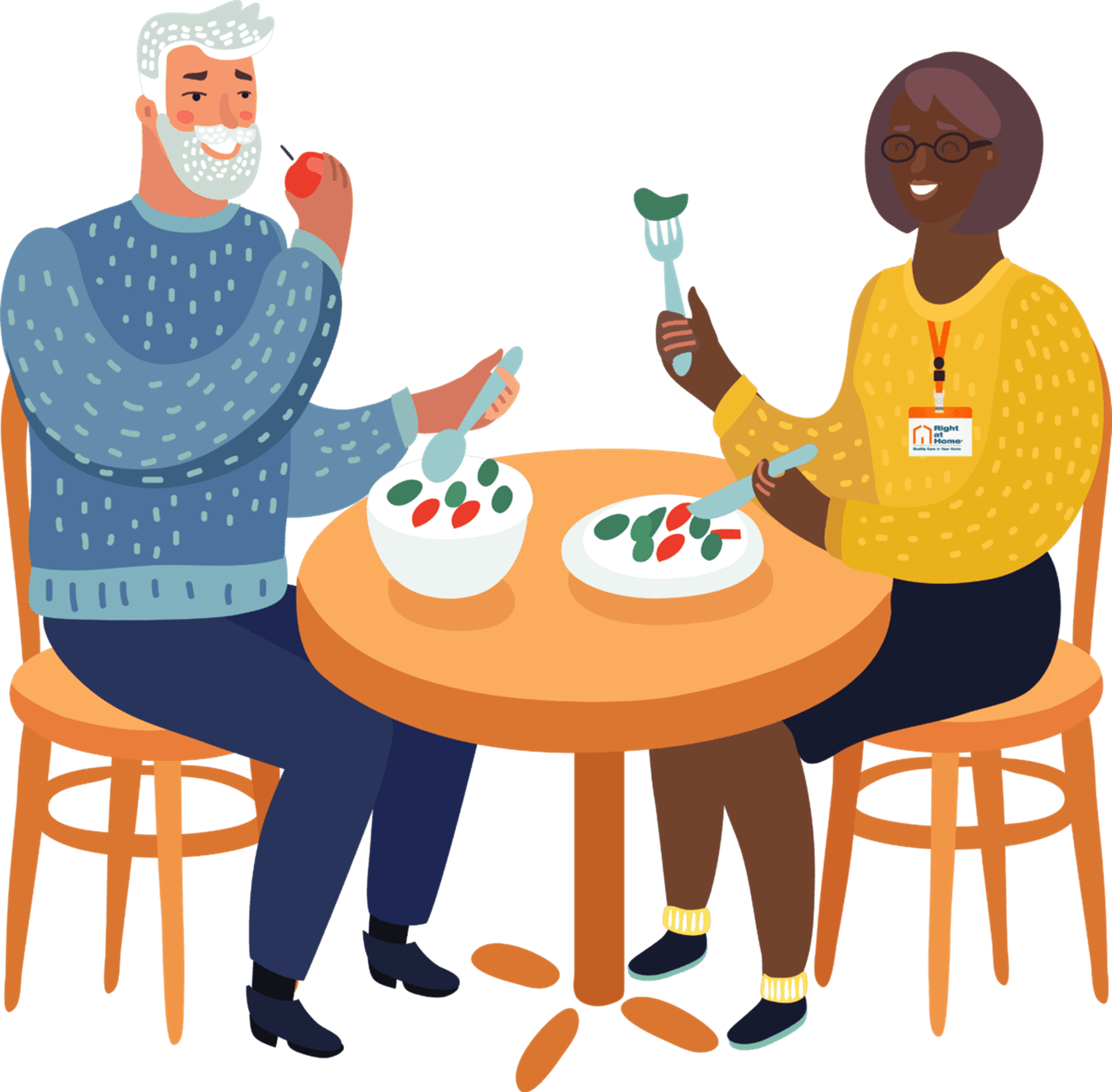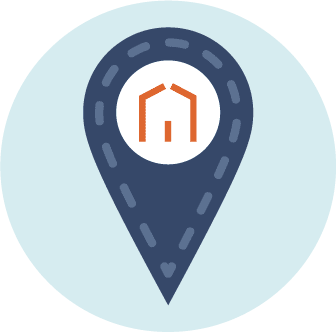Blood Pressure Guide For All Ages
Monitoring your blood pressure regularly, especially as we get older, is the best way to stay on top of your health and prevent the risk of multiple diseases.

- National Site
- Information & Support
- Blood Pressure Guide
What is blood pressure?
According to our partners at The British Heart Foundation, blood pressure is the pressure of blood in your arteries - the vessels that carry blood from your heart to your brain and around your body. We need a certain amount of pressure to ensure that our blood moves around the body.
A healthy blood pressure range is between 90/60 mmHg and 120/80 mmHg. Monitoring our blood pressure is the only way to know for sure whether our blood pressure will cause any negative health effects.
What to expect from your blood pressure test
Blood pressure machines can vary in appearance, but they often have a digital monitor and an attached arm cuff.
The person taking your readings will wrap the cuff around your upper arm and turn on the machine. The machine will inflate the cuff with air until it is tight. This may feel slightly uncomfortable, but it will not last for more than a few seconds.
It’s important to remain relaxed whilst having your blood pressure measured in order to get an accurate reading. We recommend sitting upright in a chair, with your feet flat on the floor. Once the blood pressure readings have been taken, you should get the results displayed on the monitor instantly.
You can expect to see a result in the form of 2 numbers, if you don’t know what these mean try our handy interactive tool!
It can be a good idea to keep note of your blood pressure readings regularly. This way you can compare over time and notice if there are any sudden changes. This also allows you to share your readings with your doctor if needed.
Our Right at Home CareGivers are trained to take blood pressure readings and can help you keep an eye on your health.
Get in touch with your local office today to find out more about how our expert CareGivers can help you.
Find out more about your blood pressure reading
Understanding your blood pressure readings
Blood pressure numbers are measured in millimetres of mercury (mmHg). Your reading is given as 2 numbers, one on top and one on the bottom:
- Systolic blood pressure (top number) - the pressure when your heart pushes blood out towards the rest of your body.
- Diastolic blood pressure (bottom number) - the pressure when your heart is resting between beats.
For example, if your blood pressure is 120/80 mmHg (read as “one-twenty over 80”) this would mean that your systolic pressure is 120 mmHg and your diastolic pressure is 80 mmHg.

What is low blood pressure?
Low blood pressure, also known as hypotension, is rarely a serious problem to health. Symptoms of low blood pressure include:
- Lightheadedness
- Dizziness
- Fainting
- Blurred vision
- Nausea
- Feeling weak
- Confusion
If you are experiencing any of these symptoms, contact your health professional.
What is classed as low blood pressure?
A blood pressure reading lower than 90/60 mmHg is considered to be low. If your blood pressure results show that you are in the lower range, get in touch with your GP for advice.
What is high blood pressure?
High blood pressure, also known as hypotension, means that your heart is having to work harder to pump blood around your body. High blood pressure is a serious health issue, and rarely has any noticeable symptoms. There can be symptoms of high blood pressure, but they are not solely associated with this issue.
The symptoms of high blood pressure can include:
- Headaches
- Dizziness
- Nosebleeds
- Shortness of breath
- Chest pain
- Blurred vision
If ignored, high blood pressure can lead to serious health problems.
Health problems caused by high blood pressure can include:
- Heart attacks
- Strokes
- Kidney failure
- Heart failure
- Sight problems, including glaucoma
- Vascular dementia
Reducing your blood pressure even slightly can help to reduce your risk of serious health issues.
The British Heart Foundation explains what high blood pressure means and the problems associated with it in this short video.
What is classed as high blood pressure?
Blood pressure readings of 140/90 mmHg and above are considered to be high for people under the age of 80. For those 80 and above, a high blood pressure reading would be 150/90 mmHg or higher.
Sudden drops in blood pressure
Fast drops in blood pressure that seemingly come out of nowhere are known as orthostatic hypotension. This can be caused by a variety of reasons, including:
- Dehydration
- Lying down for long periods of time
- Pregnancy
- Diabetes
- Overheating
- Certain neurological conditions
- Medications
Orthostatic hypotension is not usually something to worry about. If you are concerned at all, talk to a medical professional for advice.
How to reduce your blood pressure
If you have been diagnosed with high blood pressure, your doctor will be able to offer personalised advice for reducing your health risks.
There are ways to reduce your blood pressure, or to prevent it from increasing in the first place:
Leading a healthy lifestyle - engage in plenty of physical activity to get your heart racing and burn fat that could potentially clog your arteries.
Maintaining a healthy weight - ensure that you’re at a healthy weight for your height and age to keep your heart working at its best.
Limiting the amount of alcohol you drink - drink alcohol in moderation and stick to the guidelines of no more than 14 units per week.
Reducing salt in your diet - check food labels and try not to add extra salt to your diet. In doing so, you can reduce your risk of high blood pressure.
Avoiding stress where possible - avoid stress triggers and ensure that you take the time to relax when you can will help to lower your blood pressure.
Stopping smoking - although a difficult task, stopping smoking is a quick way to reduce your blood pressure.
Ensuring that you’re getting enough sleep - Aim for 7-9 hours sleep a night where you can as people who don’t get enough sleep have an increased risk of high blood pressure.
For more information on healthy eating and living well for all ages, read our Keeping Active and Healthy Eating guides.
Right at Home CareGivers can work with you to come up with a lifestyle plan to help you reduce your blood pressure. They can motivate you to get active and accompany you on trips outdoors. They’re also available to help you shop for and cook healthy meals.
;)

